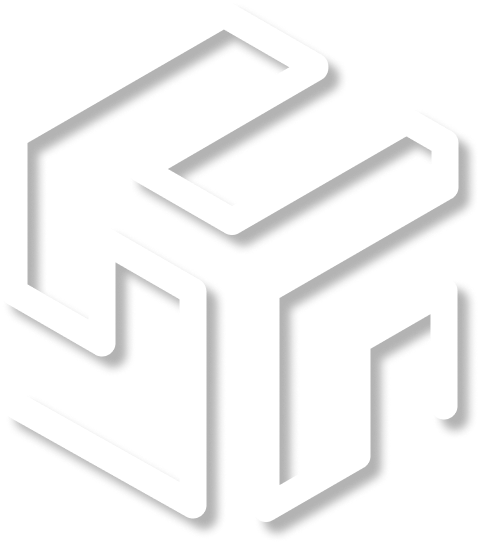Introduction to SGDL Innovation SA
SGDL Innovation SA is a pioneering leader specializing in multidimensional data structures and algorithms, the cornerstone of its operational offerings. The company’s innovations bridge modern and traditional technologies in data modeling and simulation.
With years of research expertise, SGDL has carved out a leadership role in this niche, particularly through its advancements in space-filling curves and geometric optimization.
A key contribution by SGDL is the discovery and introduction of boustrophedonic geometry—a novel approach poised to transform spatial and hierarchical data representation.
This groundbreaking geometry enhances efficiency in data encoding, indexing, cryptography, and compression, addressing the four fundamental pillars of information theory simultaneously. SGDL’s strategies based on boustrophedonic geometry have revolutionized the handling of complex data, optimizing its use across multiple sectors.
Core Technologies
- Multidimensional Data Structures: SGDL operates across advanced domains such as genomics, GIS (Geographic Information Systems), low-altitude economies, and building modeling. The company integrates traditional structures, like solid modeling via the GDL language, with its innovative technologies to boost data storage, retrieval, and processing efficiency.
- Boustrophedonic Geometry: This cutting-edge technology offers fundamental advantages in data optimization, especially within multidimensional datasets. By restructuring data with space-filling curves (e.g., Hilbert curves), SGDL provides superior performance in how data is stored and accessed, outperforming conventional methods.
- Quantum-Safe Data Protection: SGDL ensures quantum-safe protection of spatial and hierarchical intelligence in real-world data, safeguarding sensitive information in a world increasingly exposed to quantum computing threats.
Areas of Application
SGDL’s solutions are tailored to several high-impact industry verticals:
- Genomics: SGDL’s multidimensional data structures enable the efficient management and analysis of vast genomic data, enhancing the speed and accuracy of bioinformatics research.
- GIS and Geolocation: SGDL optimizes spatial data for civil and defense applications, including satellite imagery mapping, encrypted trajectory collision prediction, and urban planning.
- Low-Altitude Economy: The company provides spatial data handling solutions for drone logistics, low-altitude aviation, and anomaly detection, ensuring robust data computing for rapidly growing sectors.
- Building Modeling: SGDL enhances data-driven solutions for smart building simulations, architecture, and urban development, leveraging multidimensional data for more efficient design and planning.
Intellectual Property
SGDL holds a portfolio of patents that cover its innovations in multidimensional data structures and boustrophedonic geometry applications.
These patents emphasize the company’s competitive advantage in sectors requiring high-performance data processing, including bioinformatics, GIS, and economic modeling.
Why Choose SGDL?
SGDL’s patented technologies offer numerous competitive benefits:
- Enhanced Data Performance: SGDL optimizes data organization and retrieval processes, drastically improving the speed and efficiency of handling complex datasets.
- Versatile Applications: SGDL’s technologies are adaptable across a range of industries, from genomics to geospatial analytics, making them suitable for diverse use cases.
- Cutting-Edge Research: SGDL builds on foundational research, including the work of pioneers like Hanan Samet in multidimensional structures, to continue driving innovation in data storage and retrieval.
Conclusion
With a strong focus on multidimensional data structures and the groundbreaking boustrophedonic geometry, SGDL Innovation SA is a leader in optimizing data representation for some of the world’s most complex and evolving industries.
From enhancing genomic data processing to streamlining GIS applications, SGDL plays a pivotal role in shaping the future of data science and technology.

